Superior Fresh – Transcript
– Announcer: This week on Wisconsin Foodie:
– Brandon: Here’s the future of agriculture.
– Oh, my gosh.
– Brandon: We plant every single day of the week. So we plant everything from kale to mustard, to arugula, to spinach, green romaine, red romaine, all kinds of different variety.
– Sure. You know what would go really, really well with these organic greens? Some Atlantic salmon.
– Let’s do it.
– How many fish do you think you have in this tank right now?
– There’s probably about 3,000 fish in this tank right now. So we have both Atlantic salmon and steelhead.
– Luke: You’re kind of blazing a new trail, aren’t you?
– Brandon: You bet. The mission and vision is truly to give people access to fresh healthy food.
– Announcer: Wisconsin Foodie would like to thank the following underwriters:
– Introducing Organic Valley Ultra, milk with more protein, half the sugar, and no toxic pesticides. Let’s be honest! None of that healthy stuff really matters unless our kids will drink it.
[dramatic music, mom whispers “C’mon”]
[gulping milk]
[cow moos]
– Yeah, I would drink that.
[mom gasps]
– Do you hear that?
[mom shouts joyfully]
She would drink that!
[cheering, triumphant music]
– Parents are weird.
– Announcer: More protein, half the sugar. Organic Valley Ultra.
– The dairy farmers of Wisconsin are proud to underwrite Wisconsin Foodie, and remind you that in Wisconsin, we dream in cheese.
[crowd cheering]
Just look for our badge. It’s on everything we make.
Employee-owned New Glarus Brewing Company has been brewing and bottling beer for their friends only in Wisconsin since 1993. Just a short drive from Madison, come visit Swissconsin, and see where your beer’s made.
– Wisconsin’s great outdoors has something for everyone. Come for the adventure, stay for the memories. Go wild in Wisconsin. To build your adventure visit dnr.wi.gov.
– From production to processing, right down to our plates, there are over 15,000 employers in Wisconsin with career opportunities to fulfill your dreams and feed the world. Hungry for more? Shape your career with these companies and others at fabwisconsin.com.
– Specialty crop craft beverages use fruit grown on Wisconsin orchards and vineyards to create award-winning ciders and wines. Wisconsin’s cold climate creates characteristics and complexities that make this craft beverage unique to our state.
– Society Insurance.
Freshwater Family Farms.
Also, with the support of the Friends of PBS Wisconsin.
[upbeat music]
– Luke Zahm: We are a collection of the finest farmers, food producers, and chefs on the planet. We are a merging of cultures and ideas shaped by this land.
[sizzling]
We are a gathering of the waters, and together, we shape a new identity to carry us into the future.
[glasses clink]
[knife scrapes]
We are storytellers. We are Wisconsin Foodie.
[tearing paper]
[gentle guitar]
– We’re at Hixton, Wisconsin this morning, and we’re gonna walk through a place that I’ve driven by for years with a question mark as to, What is this?
This is Superior Fresh. We’re gonna meet Brandon Gottsacker, the president and CEO, and we’re gonna find out exactly what’s going on in here.
Morning, Brandon.
– Good morning, good to see you.
– Good to see you. How’s it going today?
– Great.
– We need to answer a question that I’ve had for a while, and I know lots of other folks have had too: what are the pink glowing lights on the side of the Interstate?
– You bet, well, we’re growing Atlantic salmon and organic, leafy green vegetables underneath LEDs. They’re highly efficient LED lights that we use to grow in the wintertime, which most people can’t do in Wisconsin winters.
– Right.
– I think we should go check it out.
– Luke: Awesome, let’s do it.
– Let’s do it.
– Okay.
[gentle guitar music]
– So, obviously, biosecurity is extremely important at a food facility like this, so we gotta put on these super fancy booties.
– Luke: Yeah!
– Brandon: Next step, we’re just gonna get washed up.
– Luke: Okay.
[bright guitar music]
– All right, so we’ll go check out the seeder and the early life stages first and work our way up all the way through harvest, and then packaging. Here’s the seeding machine.
So Aaron’s actually running the seeder this morning, and, as you can see, we use an organic media that we dump into this hopper. The hopper brushes the media into our boards, and we’ve got a vacuum seeder, a drum seeder here, that actually rotates with the board and drops a certain number of seeds per slot. So this looks like kale. And each one of these slots will receive anywhere between six and 12 seeds, and there’s a hundred slots on a board. We plant every single day of the week. So we plant everything from kale to mustard, to arugula, to spinach, green romaine, red romaine, mizuna, bok choy, all kinds of different varieties.
– Sure.
– And every one requires a little different process.
– Luke: Okay.
– So we’ve got a little dibbler that pushes the seed down.
– Check.
– And then the board travels over here and gets watered. And so you can see just a nice gentle spray that’s going to get the seed to activate and begin germination process. We take the boards and we move ’em into a germination room.
So this is the germination room. Each one of these boards is containing thousands and thousands of seeds, and they come into a germ room. Depending on the variety, it might be two to three days before they actually go out into the greenhouse.
So, let’s check out some seeds that I’ve already germinated. You can see these are mustards, and they’re just starting to pop up. They’re ready to go out in the pool today.
– And the whole stack is ready to go?
– Should be.
– Should be.
– Let’s check ’em out.
– Wow.
– You bet. They’re all ready to rock. So the team will come in here every day and cart out the product that’s ready to go out into the grow space in the greenhouse. So we just simply grab these carts and wheel ’em right out to the pools. So before we head in the greenhouse, let’s check out the propagation room. This is where all head lettuce goes before it goes out in the greenhouse.
– What’s the deal with the light in here, Brandon?
– Pretty cool.
[Luke laughing]
So, we’re actually saving a ton of space and using vertical grow racks to get these seedlings started before they go out into the greenhouse and take up a bunch more space.
– Luke: Are we still talking the red/blue spectrum lights here? Is that why–
– Yup, so that’s why it looks pink, is it’s actually the red and blue light that’s being delivered to the plant. That’s the most efficient spectrums to invest energy into.
– Luke: And do you invest, for the plant or for you as a business?
– Both.
– Both, okay.
– Easiest light to create from these spectrums, and it’s the best light or spectrum for the plants to absorb. So a little bit more efficient than sticking these small seedlings out into a big greenhouse.
– Sure, so this is a completely different medium down here
that these are growing in, right, like, plugs?
– Yup, these are plugs. So this is an organic peat moss with a little fibrous container around it to keep all the peat moss together.
– So each one of these things is perfect, basically. It’s a perfect start.
– Yup, you bet.
– Is there ever a plan, I mean, obviously, you guys have this growing science figured out. Will it always be leafy vegetables, or do you have plans to expand into different types of plants?
– We definitely have bigger plans. So our phase three greenhouse expansion will have about 15,000 square feet of R and D space. We’re gonna focus on organic tomatoes, organic strawberries, and we’re also introducing an awful lot of various herbs.
– Sure.
– So this is gonna be ready to head out to greenhouse. You wanna go check it out?
– Let’s do it!
[door humming]
– Brandon: Here’s the future of agriculture.
– Oh, my gosh.
– Brandon: So what do you think?
– Luke: It’s beautiful.
– In total, we’ve got over 250,000 square feet of greenhouse structure here. So, if you remember, some of the seedlings that we saw in the propagation room, after they’re in there for about 9 or 10 days, we bring them out into the greenhouse. And you can see, they’re at a much higher density right here. So these are seedlings that came in yesterday. They all shift to the south end of the greenhouse, they get transplanted into a board with a little bit more space, and they come back, and everything gets harvested from this end. So the head lettuce is usually around 35 to 41 days old by the time it gets harvested.
– Luke: And so, once they trays come off, they come into this flume, and they go towards where they must be harvested, right?
– You bet, yup. So the lazy river just simply takes ’em down the length of the greenhouse, and we turn them into our processing room where they actually just get cut with a bandsaw and get harvested. Then the boards continue on, they get cleaned and reused, and the product all gets packaged.
– Luke: Once they’re down there in the germination trays, how long until they reach the flume?
– We call it a bio plan, and that’s how fast the product moves through the facility, and it’s always changing, and every different variety has a different bio plan during a different time of the year. So I would say an average bio plan is about 20 to 21 days.
– Okay.
– So pretty quick turnover, actually.
– Luke: So you’re turning over these boards every 21 days on average, and then, they get replanted, germinated, right back into the water.
– Brandon: You bet, and start right over.
– 40 days, you have flipped this thing twice.
– Exactly.
– Wow.
– And this is all grown with nutrient-rich water from our fish house, so it’s all repurposed nutrients, which is what’s so special about this project.
– Luke: You know, some people will say, This isn’t farming. This isn’t something that our grandfathers have done for a generation. It defies how we understand agriculture.
– Brandon: With the population expanding the way it is, we have to make sure that we continue to find innovative ways to make food, and it’s gotta be good, healthy, tasty food. And because this is so efficient and sustainable, we’re using 10 to 20 times less water, and we’re growing 30 times more product per square foot than you would do conventionally outside. And so we’re using less resources, we’re using less land. This is important.
– I can’t wait to see how you harvest it. You said something about a bandsaw?
– Yeah, let’s go check it out.
– All right.
[chuckles]
– So this gives you kind of a good view of how we harvest the product. Obviously, the window’s a little bit foggy, but that’s because it’s a temperature-controlled room. So we keep it just under 40 degrees Fahrenheit in that room. So the product makes the corner, heads straight into the processing room. You can see it gets conveyed up onto the harvester, and that has a bandsaw that’s cutting the product, lifting it up onto a separate conveyor and dropping it in those bins. Those bins then get delivered over to our left, and then there’s a large scale. So multiple scales will open up as they fill and drop product into a clamshell. And so right now, this system can do about 40 clamshells a minute.
[chill-out music]
– Luke: Where do people find this?
– Anywhere from KwikTrip to Whole Foods, to local restaurants, high-end restaurants, any restaurant.
– So you said KwikTrip there?
– Yeah.
– Convenience stores.
– Sure, KwikTrip was one of our first customers, and, actually, that was part of the mission and vision, is truly to give people access to fresh, healthy food, and everybody should have access to it. And KwikTrip is an awesome Wisconsin-based company. They’ve got, I think, 700 retail stores in the Midwest, and they’re in communities where people don’t have access to grocery stores or they’re really far away. And so that was kind of one of our first targets, was let’s get into a convenience store and kinda break the model and the mold. We’ve got organic lettuce in a convenience store, and that’s a really cool part of the story.
– Luke: When you put all the new facilities online, I mean, what does that increase your production?
– Brandon: We’ll be harvesting when phase three greenhouse is completed about 15,000 pounds of lettuce every day.
[chuckles]
So, that’s a lot of lettuce. And we’re trying new varieties every single day: bok choy, mizuna, kale, mustard, arugula, red leaf lettuce, various green leaf, types of green leaf lettuces, green romaine, red romaine, butterhead, you name it.
– Luke: Incredible.
– So here’s one of our Gem varieties of green romaine. You know, what’s cool about these is you just break it off. I mean, this is all great product, so go ahead and try some.
– Indeed.
[lettuce crunching]
– What do you think?
– That’s delicious.
– Good?
– Yeah.
But it’s got the crunch, man.
I think that that’s like, you know, one of my biggest fears is with things grown inside, sometimes you miss that biological heartiness. This has totally got it.
You know what would go really, really well with these organic greens? Some Atlantic salmon.
– Let’s do it.
– All right, you know a place where we can see some?
– Let’s go check it out.
– Whoa, awesome.
– All right, welcome to the fish house. We’ve actually got five different systems in the building here.
So we bring in the fish as eggs, and then after the fish hatch on-site, we move ’em into what we call a smolt system. That’s smoltification. That’s the physiological change that they would go through in the natural environment when they go from freshwater to saltwater. And then we move ’em into our larger system which is today our grow-out system, and so that process takes, actually, about two years.
– How many fish are you able to harvest in a week?
– Right now we harvest about 400 fish a week, and theyre about 10 pounds apiece. How about we take a look at the hatching room and we’ll look at the eggs?
– Luke: Yeah, yeah, the sacklings. I wanna see those.
[chill-out music]
– Brandon: So this is our first feed tank or hatching tank, and these fish are only a couple weeks old, actually.
– Luke: How many fish am I looking at in here approximately?
– Brandon: There’s about 40 to 50,000 Atlantic salmon in here. All our fish are fed non-GMO, organically-certified diet. No corn or soy in any of our feed.
– Luke: And how long will these fish stay in this tank?
– They’ll be in here for about three months. These fish will be moved with a tote and a bucket over to the smolt system.
– Cool.
– Wanna go check it out?
– Let’s do it.
– Awesome.
So each group and batch of fish as they move up is in groups of 40,000, and as they grow, they move up into larger tanks so the tanks never get too dense.
– Luke: Why salmon?
– So 90% of all seafood in the United States is imported and specifically Atlantic salmon, it’s all grown in large net pens in Norway and Chile, also Canada. These Atlantic salmon are being grown close to home versus traveling on an airplane or ship 4,000 miles to get here. We’re, obviously, able to do it right here in Wisconsin.
– Luke: And one of the big discussion points about farm-raised fish, that they weren’t as healthy as wild-caught.
– Well, so a lot of the wild-caught fish, you gotta worry about other things. So they might be high in omega-3s, but what else does it have in it? Does it have heavy metals and mercury? I mean, there’s a lot of crazy stuff in our oceans, unfortunately.
And then, when there are these massive fisheries off of the coast, their biggest cost is feed. So, unfortunately, they’ll replace ingredients, high-value ingredients for low-value ingredients, and that’s why the omega-3s are going down in farmed fish, but you can’t lump in what we’re doing with all farmed fish.
– Luke: You’re kind of blazing a new trail, aren’t you?
– You bet.
– Yeah. Let’s see something that I can actually eat.
– All right.
– Yeah.
Look at these slobs. Holy cow!
– So these fish are about five or six pounds right now, and they’ll be harvest in about four, five months. So that feed conversion ratio is most important right now.
– Sure, obviously, you don’t have 40,000 fish in this tank right now.
– No, no.
– So you split ’em up in the facility. How many fish do you think you have in this tank right now?
– There’s probably about 3,000 fish in this tank right now. So we have both Atlantic salmon and steelhead. So the blue-back fish are steelhead, and the steelhead is just simply a rainbow trout, but it’s, obviously, it’s much larger than a conventional– what you would think a rainbow trout is. This is a 22,000-gallon tank, so it’s actually 10 feet deep.
– So where do they go after this?
– After this, the fish go to what we call a purge system. And so, what we do is we put this fish in a super clean tank and we wanna remove any, you know, that earthy tone the fish might have in its filet. If you take the fish off feed for about a week, you’re actually fasting them, and they’re able to flush off that off-flavor, which is a super important piece of the puzzle to making sure you’ve got a really good tasting, quality product. And we’ve done a lot of studies with various research facilities and Sea Grant to make sure that we’ve got the best-tasting fish in the world.
– Luke: This is truly incredible.
[chill-out music]
– So, Luke, one of the cool parts about this farm is that we utilize all the waste. So all the solids that we can’t use to grow organic vegetables in the greenhouse, we harness here on-site, along with any fish offal or any waste from the greenhouse itself, roots, and grow media, and things like that, unthrifty lettuce, all gets composted on site. Then we’ve got a nutrient management plan built in where we actually take this really good soil and put it back onto the land right here, so everything stays right on the farm. You’ll see down below is a big irrigation pond. So another cool part of the sustainability side of our story is all of our production water is captured on the property here in an irrigation pond and then irrigated onto our fields, so we’re not dumping loads of phosphorus and nitrogen into the river.
– That’s a pretty big undertaking.
– A lot of people forget about this piece of the puzzle, and this is what will stop a lot of farms from happening. I’ve heard some horror stories about other farms trying to get started and they didn’t have the game plan for the waste side and the backside of this project or similar project. So gotta pay attention to all aspects.
– Yeah, it really is.
I mean, it’s a much bigger project than just growing fish and greens. It really is.
How many acres are included in the property here?
– Brandon: We’ve got 800 acres total.
– Luke: 800 acres.
– And tonight you’ll see a couple of lakes that we can go catch some fish in, and we’ll have dinner down there.
– Luke: Nice.
[bright guitar music]
[children chattering]
– Just to put some good seasoning, that was good?
– This place keeps getting better and better. Every single turn, it’s something new, and beautiful, and just idyllic. I know that when I close my eyes and I think about what Wisconsin looks like, this is it. I am so impressed.
– Well, let’s go down and have some salmon.
– All right, I’m starving, let’s eat.
[bright guitar music]
We’re gonna put some of these Superior Fresh salad greens down. These are absolutely some of my favorite go-to snacks. I’m always telling cooks, you gotta bunch ’em up so they get a little tight, get a little bit of vertical on ’em.
And I’m gonna actually pop this off.
Chickpeas.
What we have here is a little bit of a pumpkin vinaigrette.
So the plate, it’s, literally, so much of this comes from right here. It’s kind of a close-circle type of scenario. The greens, which I love. The salmon, I’m learning so much about. I actually can’t wait to taste it.
– Awesome.
– You ready?
– You bet.
– Bon appetit.
– Brandon: That is really good.
– This is delicious.
– Very good, well, it doesn’t get any fresher than this.
– Mm-mm, those greens are crackin’. I think that these are really snappy, which I think that sometimes it gets lost in the aquaponics or hydroponics industry. Sometimes those greens end up being kind of insipid and limp, but these really do it. I mean, they are fresh.
– From the taste, the texture, the crunch, the color, those are all very important parts of every single mixture that we put together on the farm.
– Elmaro, this is a wine that actually comes from Trempealeau, Wisconsin, not so far from here, actually.
In our quest to do all things local, we thought that this might be a nice autumn pairing. Brandon, I can’t say thank you enough for a great day and, I guess, I am so surprised at everything that you guys are doing out here, but I’m not. This is exactly the way it should be. People from this place picking itself up, and making it better, and creating a better future for tomorrow. So in that spirit, cheers, brother.
– Cheers.
– Keep up the good work.
– Thank you.
[bright guitar music]
[toddler babbles happily]
Hi, buddy.
– Mom: Watch out for those guys.
[girl grunts, lure thuds into water]
[upbeat music]
– How does it really taste?
– It tastes great.
– [laughing]
Okay, good.
– You ever see a man Neanderthal and a head of lettuce? It’s [roaring].
[engine purrs]
[singing freestyle] Driving
- Driving, jump in the compost
That’s what sold me far and away on what you guys are doing here. Hey, how are you?
– [laughing] Hi, how’s it going?
– Good.
– Good?
– Can you go by Mommy for a little bit and come back in a little while?
– That’s a great cameo.
– That okay? All right.
[both laughing]
– Announcer: Wisconsin Foodie would like to thank the following underwriters:
– Introducing Organic Valley Ultra, milk with more protein, half the sugar, and no toxic pesticides. Let’s be honest! None of that healthy stuff really matters unless our kids will drink it.
[dramatic music]
[mom whispers, “c’mon”]
[gulping milk]
[cow moos]
– Yeah, I would drink that.
[mom gasps]
– Do you hear that?
[mom shouts joyfully]
She would drink that!
[cheering, triumphant music]
– Parents are weird.
– Announcer: More protein, half the sugar. Organic Valley Ultra.
– The dairy farmers of Wisconsin are proud to underwrite Wisconsin Foodie, and remind you that, in Wisconsin we dream in cheese.
[crowd cheering]
Just look for our badge. It’s on everything we make.
Employee-owned New Glarus Brewing Company has been brewing and bottling beer for their friends only in Wisconsin since 1993. Just a short drive from Madison, come visit Swissconsin, and see where your beer’s made.
– Wisconsin’s great outdoors has something for everyone. Come for the adventure, stay for the memories. Go wild in Wisconsin. To build your adventure visit dnr.wi.gov.
– From production to processing, right down to our plates, there are over 15,000 employers in Wisconsin with career opportunities to fulfill your dreams and feed the world. Hungry for more? Shape your career with these companies and others at fabwisconsin.com.
– Specialty crop craft beverages use fruit grown on Wisconsin orchards and vineyards to create award-winning ciders and wines. Wisconsin’s cold climate creates characteristics and complexities that make this craft beverage unique to our state.
– Society Insurance.
Freshwater Family Farms.
- Henry and Sons Bourbon.
Something Special from Wisconsin.
Marcus Hotels and Resorts.
Central Wisconsin Craft Collective.
91.7 W-M-S-E.
Edible Milwaukee magazine.
Also, with the support of the Friends of PBS Wisconsin.
For more information about upcoming Wisconsin Foodie special events and dinners, please go to wisconsinfoodie.com.
Still hungry for more? Get connected on Facebook and Instagram, and also make sure to subscribe to our YouTube channel, where you’ll find past episodes and special segments.
[upbeat music]
Search Episodes
Related Stories from PBS Wisconsin's Blog

Donate to sign up. Activate and sign in to Passport. It's that easy to help PBS Wisconsin serve your community through media that educates, inspires, and entertains.
Make your membership gift today
Only for new users: Activate Passport using your code or email address
Already a member?
Look up my account
Need some help? Go to FAQ or visit PBS Passport Help
Need help accessing PBS Wisconsin anywhere?

Online Access | Platform & Device Access | Cable or Satellite Access | Over-The-Air Access
Visit Access Guide
Need help accessing PBS Wisconsin anywhere?

Visit Our
Live TV Access Guide
Online AccessPlatform & Device Access
Cable or Satellite Access
Over-The-Air Access
Visit Access Guide
 Passport
Passport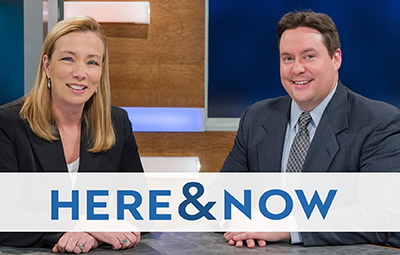
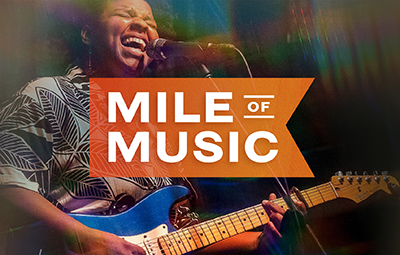

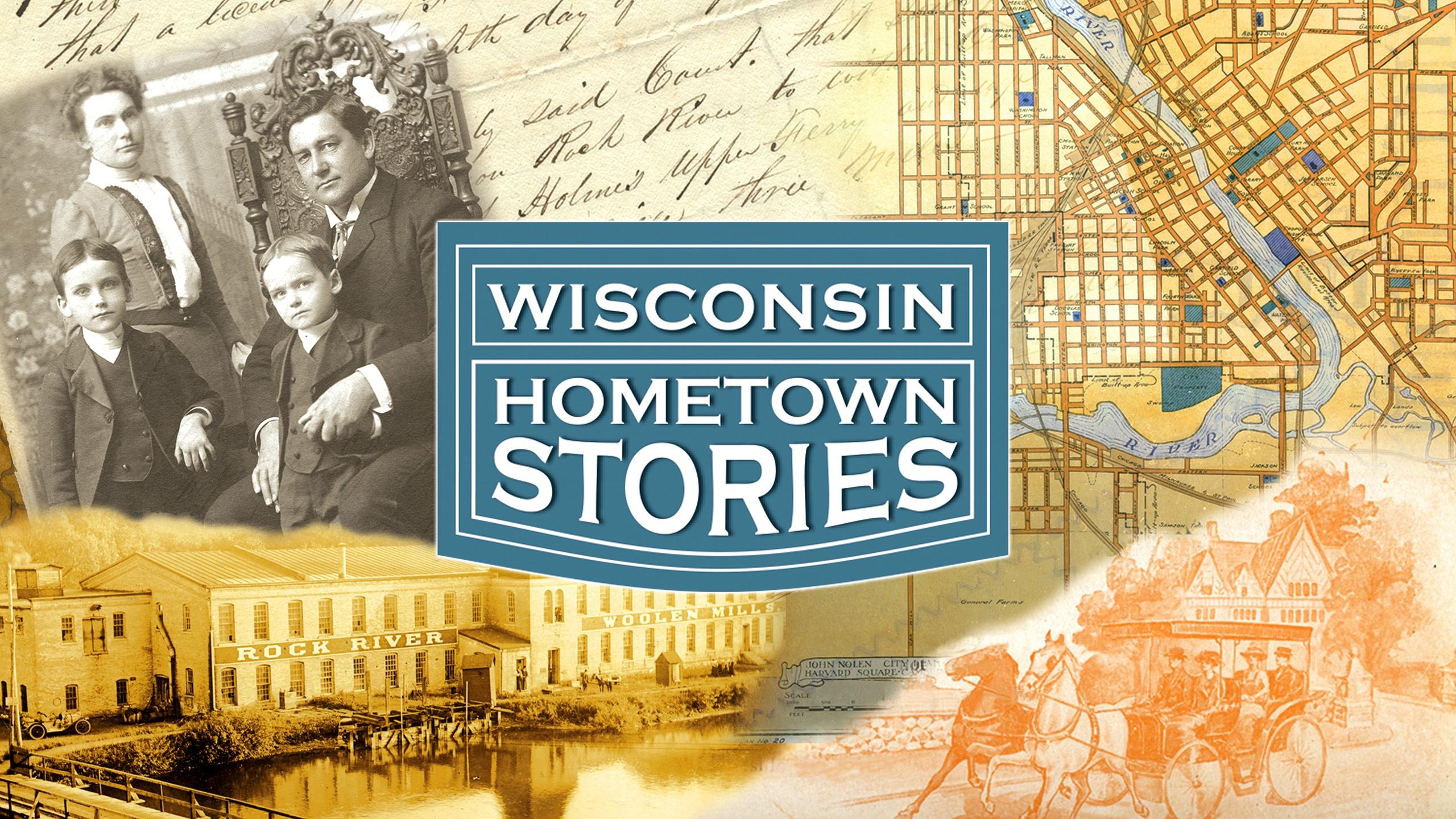
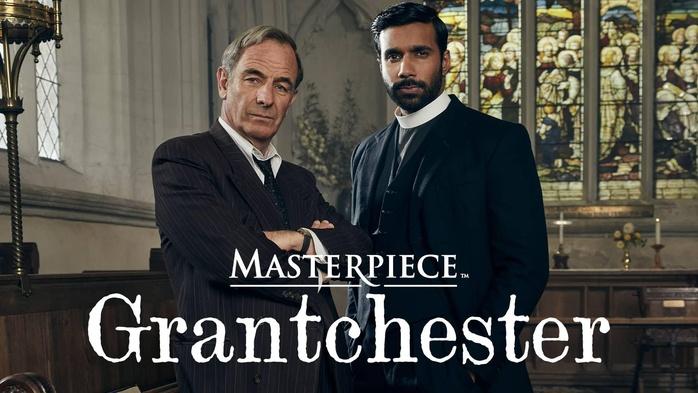

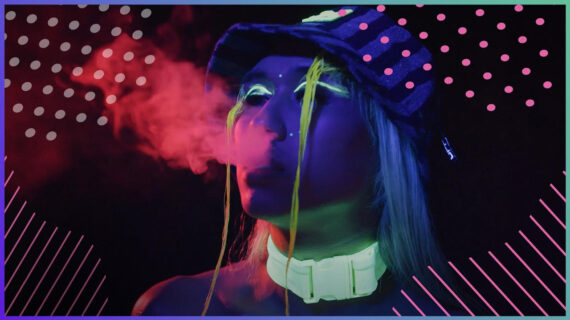
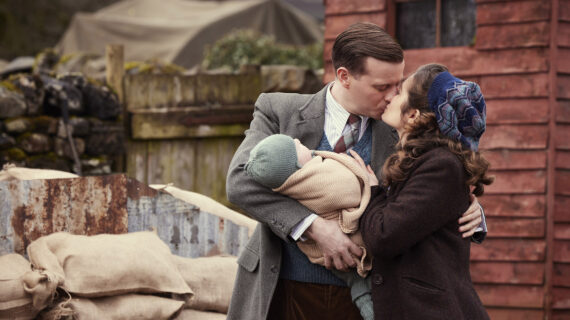

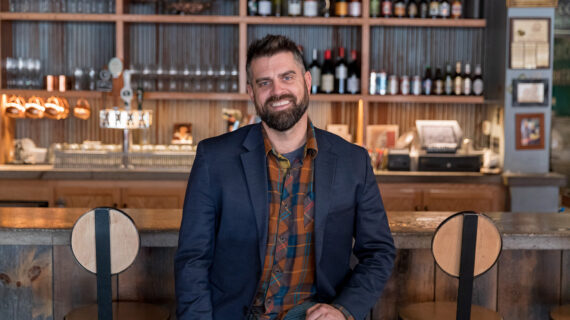
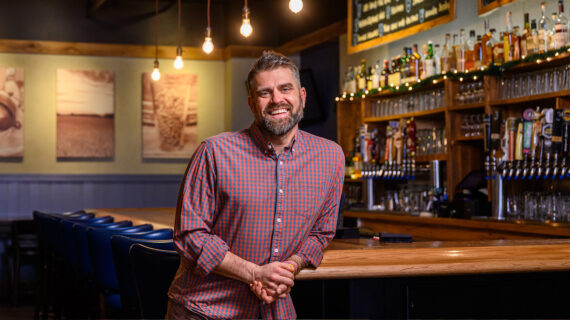
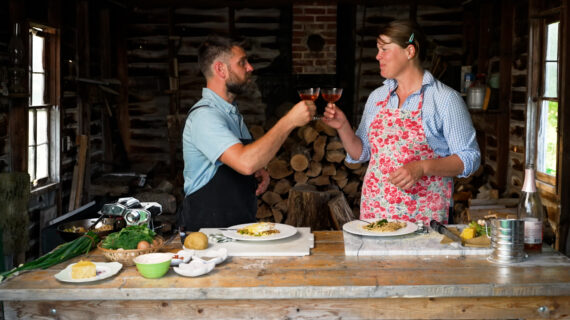
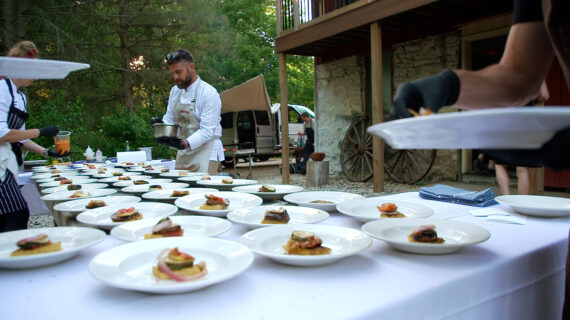
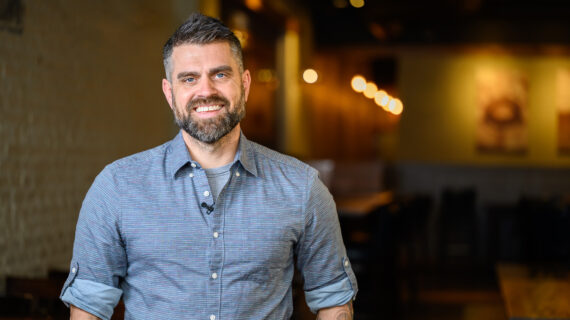
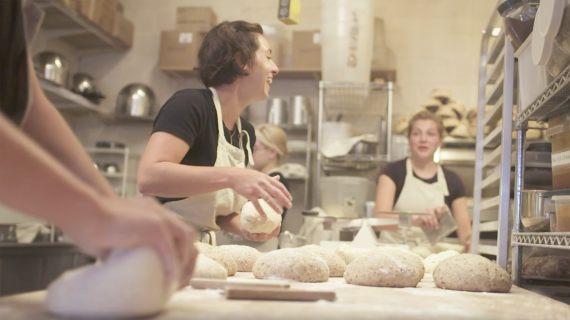
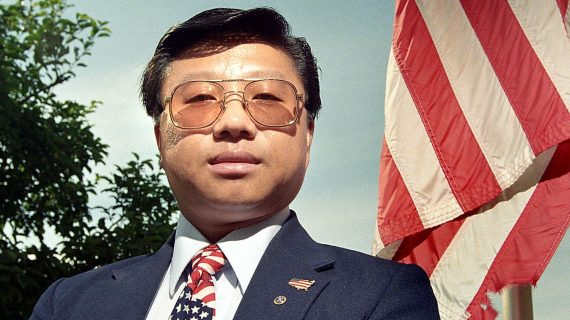



Follow Us